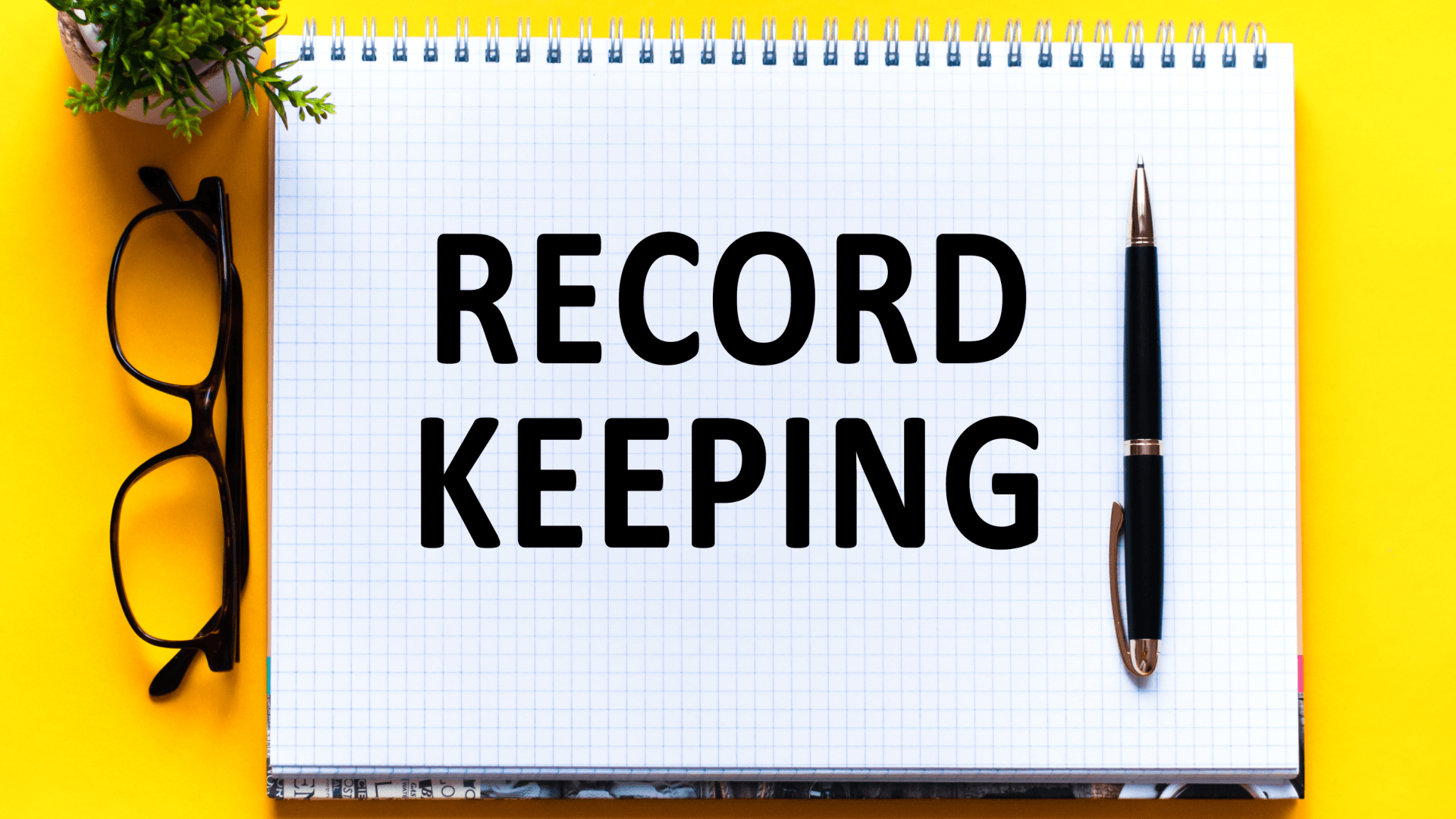
Federal laws, such as the Federal Insurance Contribution Act, the Fair Labor Standards Act (FLSA), the Equal Pay Act and the Civil Rights Act, impose recordkeeping duties on employers. Recordkeeping duties include creating, updating and preserving information.
State law also imposes several recordkeeping requirements on employers. These laws operate in addition to, or in conjunction with, federal requirements. This Employment Law Summary provides an overview of various New York recordkeeping requirements that generally apply to all employers in the state. Additional requirements may apply for employers in certain industries.
APPRENTICESHIPS
Employers that sponsor apprenticeship programs must make and keep all records necessary to prove that their apprenticeship programs comply with all federal and state laws. These records must also be used to periodically evaluate each apprentice’s progress.
An apprenticeship program sponsor’s records must include:
• The apprentice-to-journey-worker ratio;
• A certification of compliance with applicable federal, state and local health and safety standards;
• A description of the probationary apprenticeship period;
• Apprenticeship program modification requests submitted to the New York Department of Labor (NYDOL), if applicable; and
• Information on program processes, such as procedures to authorize wage increases, transferring apprentices to other programs or notifying apprentices of adverse actions.
For each apprentice, the sponsor’s records must also show:
• The training provided (must be at least 144 hours per year provided by qualified training personnel);
• The apprentice’s age (must be at least 16 years of age);
• The skills apprentices are expected to and have actually learned (must be verified and signed at least monthly by the apprentice’s supervisor);
• The amount of time required in each work process or rotation;
• The placement and registration with the program;
• Evidence of program completion (if applicable); and
• A signed copy of the Apprenticeship Agreement (which must also be filed with the NYDOL).
CHILD LABOR
New York allows employers to hire minors between 16 and 17 years old to work in occupations for which they have completed an approved work training program. For these minors, employers must maintain records showing:
• The name, address and age of the minor;
• The date the minor entered and the minor’s attendance record for the approved work training program;
• The number of hours the minor participated in the work training program;
• The number of hours the minor received specific training in safety; and
• The occupation and work processes for which a certificate of completion was issued.
In addition, employers must maintain accurate records of each minor’s employment-related injuries and illnesses, unless the injuries were minor and required only first aid treatment.
Additional recordkeeping requirements apply for employers that work with child performers.
UNEMPLOYMENT COMPENSATION
Employers must keep a true and accurate record of each employee’s:
• Name and Social Security number;
• The amount of wages paid per payroll period;
• The beginning and ending dates of each payroll period; and
• The total amount of employee wages subject to unemployment compensation contributions under state law.
These records must be maintained for at least three years.
WAGE AND HOUR
New York employers must create and maintain contemporaneous, true and accurate payroll records for
at least six years. For each employee, these records must show:
• The number of hours worked each week;
• The regular and overtime wage rates and how they are calculated (hour, salary, piece or other, unless exempt from overtime compensation);
• The number of regular and overtime hours worked (unless exempt from overtime compensation);
• The amount of gross wages paid;
• An itemized list of deductions;
• An itemized list of allowances claimed as part of the employee’s wage (if any);
• The amount of net wages paid; and
• The employee’s student classification, if applicable.
Personnel records for student-employees must include a statement from the employee’s school indicating whether the student-employee is:
• Participating in an instruction program that will lead to a degree, diploma or certificate (or is completing residence requirements for a degree); and
• Required to obtain supervised and directed vocational experience to fulfill curriculum requirements.
For employees who are paid a piece rate, payroll records must include the applicable piece rate (or rates) of pay and the number of pieces completed at each piece rate.
Employers are subject to misdemeanor charges if they fail to keep or falsify payroll records or hinder the NYDOL’s access to these records during an investigation. Potential penalties for a first offense include a fine of between $500 and $5,000 or imprisonment for up to one year. For second or subsequent offenses within a six-year period from the first offense, employers may face felony charges punishable by a fine of between $500 and $20,000, imprisonment for up to 366 days or both. Each date an employer fails to comply with these recordkeeping requirements is considered a separate offense.
Additional recordkeeping requirements may apply for:
• The farming industry;
• Domestic workers and household employees;
• The hospitality industry;
• Employers that allow their employees to participate in tip pooling; and
• The building service industry.
WORKERS' COMPENSATION
Employers subject to the state’s workers’ compensation laws must keep the following true and accurate records.
IDENTITY, ORGANIZATIONAL AND OCCUPATIONAL RECORDS
• Federal Employer Identification Number;
• Business name (including certificates of assumed business names);
• Business form (such as corporation, limited liability company or partnership);
• Articles of incorporation or organization (including amendments to the articles, occupational license, trade licenses or certifications); and
• A current list of the officers, partners or principals of the business.
EMPLOYMENT RECORDS
• The number of employees;
• Each employee’s name, Social Security number or other identifying number;
• Each day, month, year or pay period worked by each employee;
• Each employee’s classification;
• A description of each employee’s general duties (must provide enough information for a proper employee classification);
• The amount of wages paid or owed to each employee;
• The method of payment used to calculate each employee’s wages;
• Wage payment records;
• The value of credits and allowanced claimed for each employee’s wages (tips, employer-provided meals, lodging or similar benefits);
• Annual wage or earnings statements for each employee (including IRS Forms 1099 and W-2);
• Any written contracts or agreements that describe the terms of employment;
• Documentation of all and any employee accidents and injuries;
• Tax records (federal, state and the New York State Department of Labor filings);
• Financial account records (general ledgers and monthly, quarterly or annual statements of all opened or closed business accounts); and
• Insurance coverage and eligibility records.
PENALTIES
Employers that violate these recordkeeping requirements may face criminal and administrative penalties. Criminal penalties include misdemeanor charges and fines of between $5,000 and $10,000 for failing to keep or falsifying these records. Second and subsequent violations can lead to class E felony charges and fines of between $10,000 and $25,000. Administrative penalties include a $1,000 fine for every ten-day period of non-compliance or a fine equal to twice the cost of compensation for the employer’s payroll for the period when the violation takes place.
In general, employers must maintain these records for a period of at least four calendar years.
EMPLOYEE INJURIES
Employers must record every injury and illness employees suffer in the course of employment on a form prescribed by the New York State Workers’ Compensation Board. This injury record must be kept for at least 18 years. The Workers’ Compensation Board does not require employers to file an injury or illness report, unless the injury or illness causes the employee to:
• Miss a day of work beyond the shift or day when the injury or illness took place; or
• Receive medical treatment beyond ordinary first aid or more than two treatments by a person rendering first aid.
Employers that refuse or neglect to keep employee injury and illness records may be charged with a misdemeanor, punishable by a fine of up to $1,000 and an additional administrative fine (imposed by the Workers’ Compensation Board) of up to $2,000.
Sign up for our newsletter.




